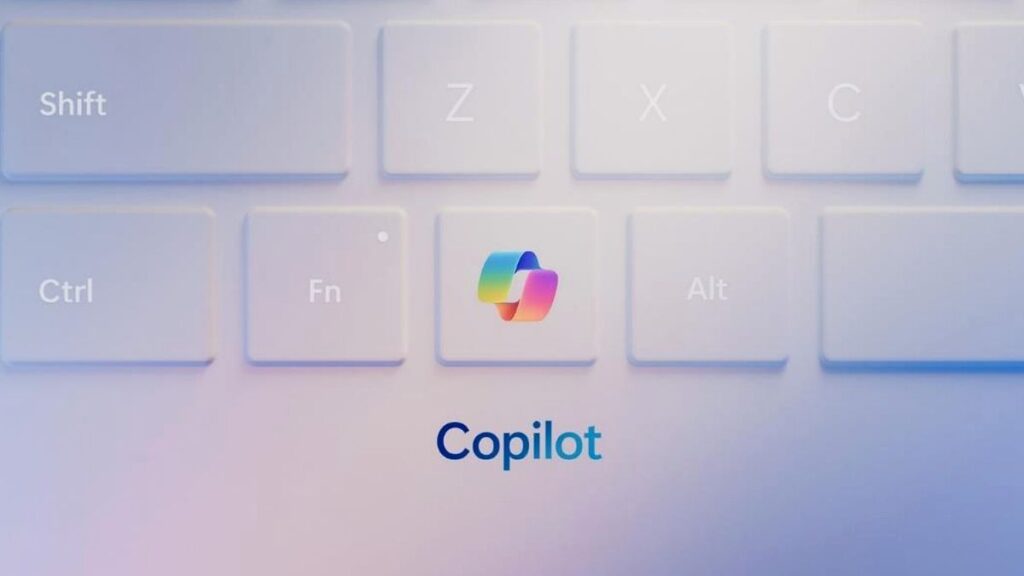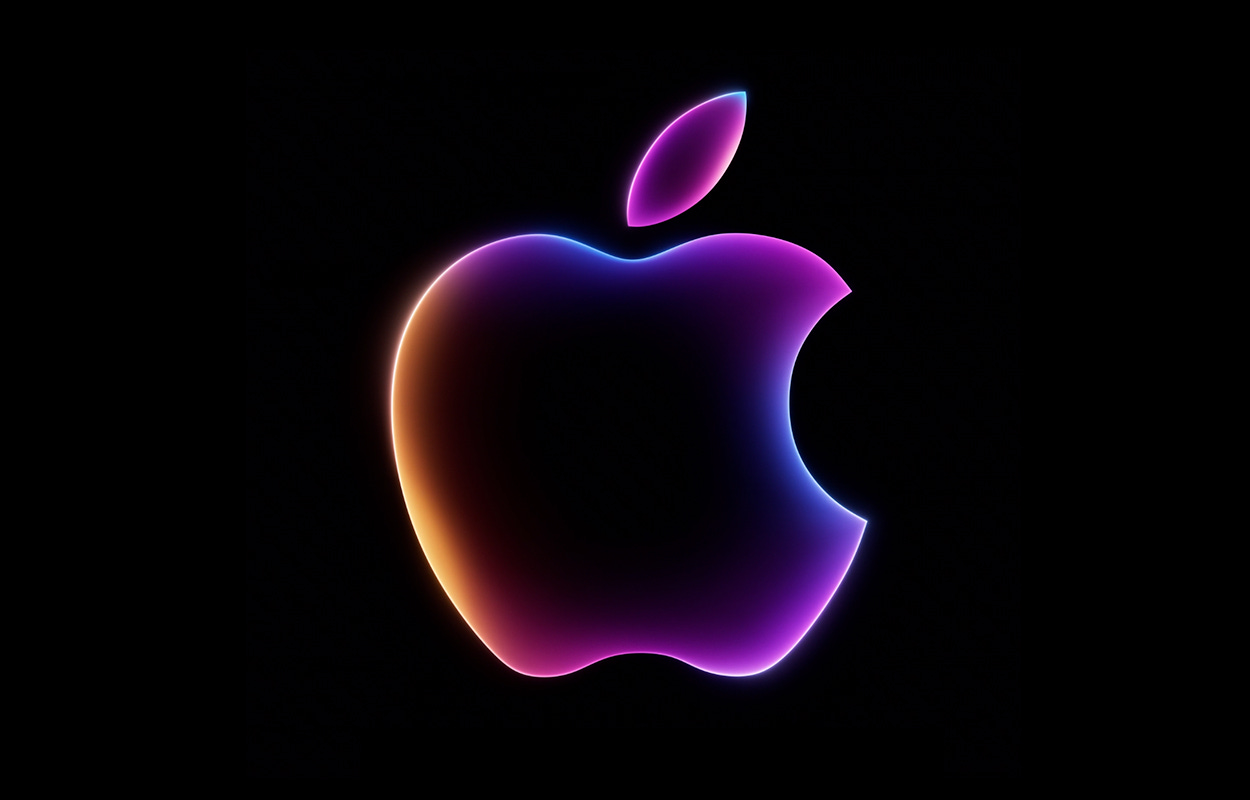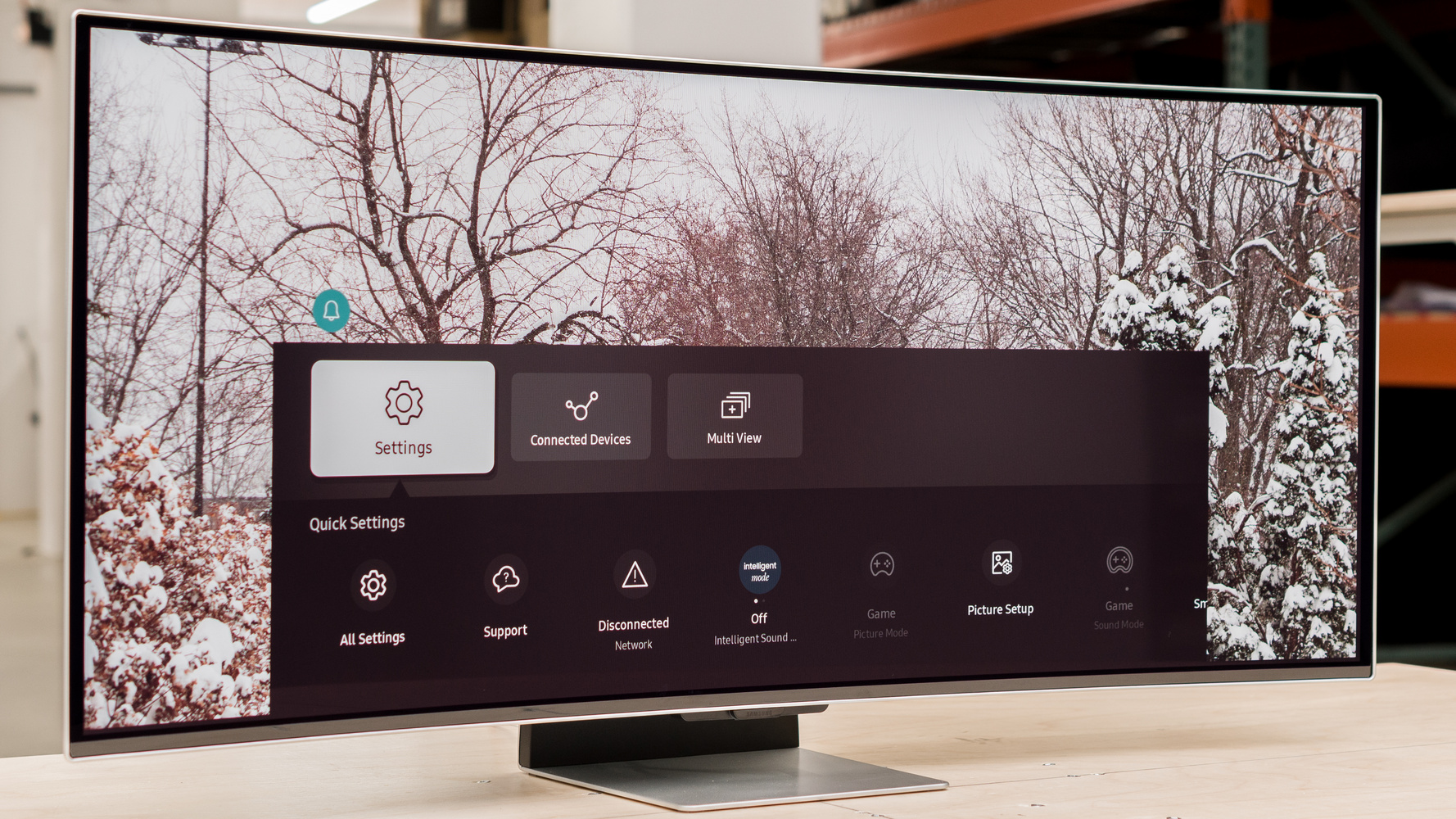
The Apple iPhone 16 introduces what Apple calls “Apple Intelligence,” a set of new AI-driven enhancements aimed at productivity, privacy, and utility. However, unlike Microsoft’s Copilot+ and Google’s AI-infused Pixel lineup, Apple’s approach feels notably restrained and practical, devoid of the “wow factor” that typifies cutting-edge generative AI. In a sense, Apple’s use of AI is conservative, focusing on refining existing features rather than revolutionizing creative possibilities, a decision that could either play to Apple’s privacy-focused audience or leave innovation-seeking users underwhelmed.
Apple’s restrained approach to AI centers around practicality. Instead of using AI to create imaginary images, celebrity-voice facsimiles, or personalized artistic content — as we’ve seen with competitors — Apple’s AI is mostly a “silent partner” that supercharges everyday tasks. Siri has been updated with a robust AI foundation that allows it to grasp complex conversations and nuances, moving closer to the capabilities of a true digital assistant. Visual intelligence now recognizes people in photos, organizes them, and provides information about objects in real time, which will be appreciated by users seeking practical enhancements. Additionally, “Apple Intelligence” summarizes meetings and uses a “semantic index” to surface forgotten information, a subtle nod to Microsoft’s Windows Recall feature.
Yet, where rivals like Microsoft go bold, weaving generative AI art and other creative applications directly into their systems, Apple’s upgrades seem muted, even traditional. For example, Microsoft has integrated generative AI capabilities into apps like Paint and Photos, while Apple’s biggest AI “creative” feature is the ability to create customized “genmoji” avatars. In the realm of photo editing, users can expect some camera filters and the ability to isolate and remove objects — but these functionalities have existed in similar forms across various apps for years.
Apple’s reluctance to dive deep into generative AI for creative purposes could stem from a desire to avoid alienating its core creative user base, who often value privacy and control. Rather than positioning the iPhone as an all-in-one creative AI tool, Apple is focusing on its new A18 chip to serve as a foundation for third-party developers to create AI apps, leaving generative AI capabilities largely in developers’ hands. Apple’s Senior VP Craig Federighi’s comment that “multiple generative models” reside within every iPhone underscores that the AI power is there, but Apple won’t emphasize “AI” in every feature description.
This cautious stance aligns with Apple’s privacy-focused brand. By not pushing AI art or heavily marketing “AI” in every feature, Apple leans into the growing distrust many consumers feel toward AI and data privacy. It’s a sharp contrast to Microsoft and Google, who are both exploring how far AI can go in transforming user experience and creativity. Apple’s AI as a quiet productivity aid may appeal to privacy-conscious users, but it opens a door for competitors who position AI as the core of their devices’ value propositions.




